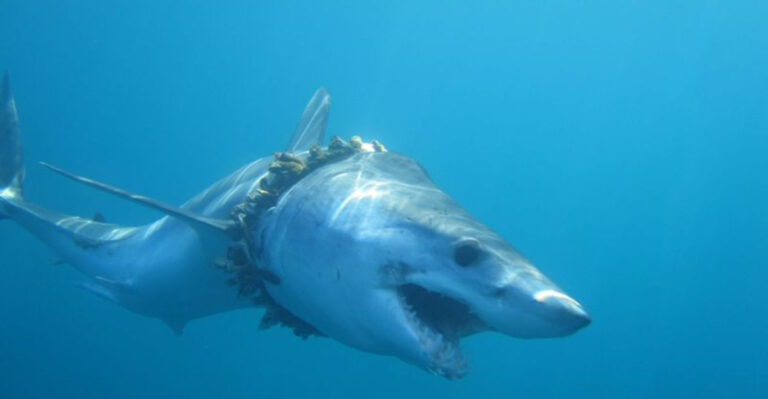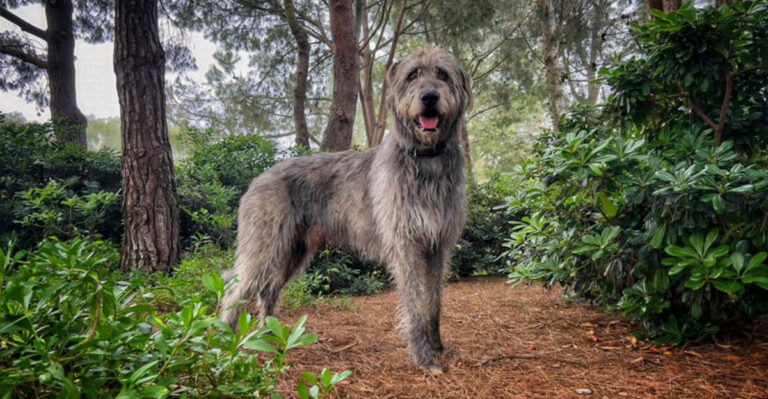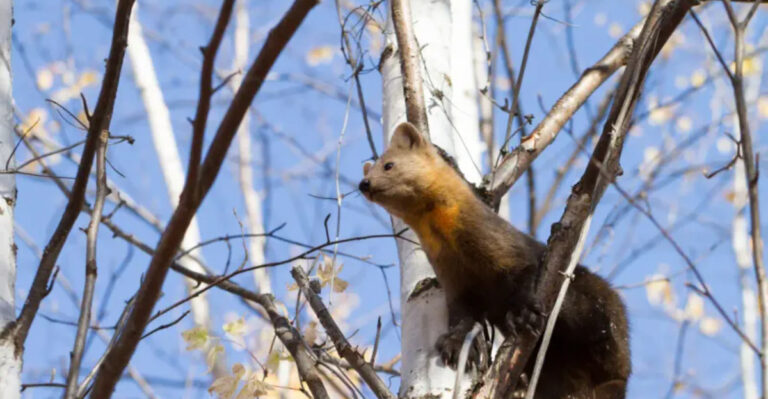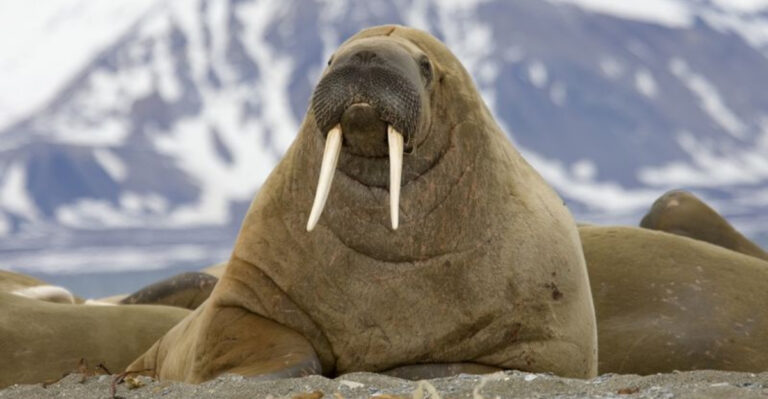12 Newly Discovered Species That Showcase Nature’s Limitless Creativity
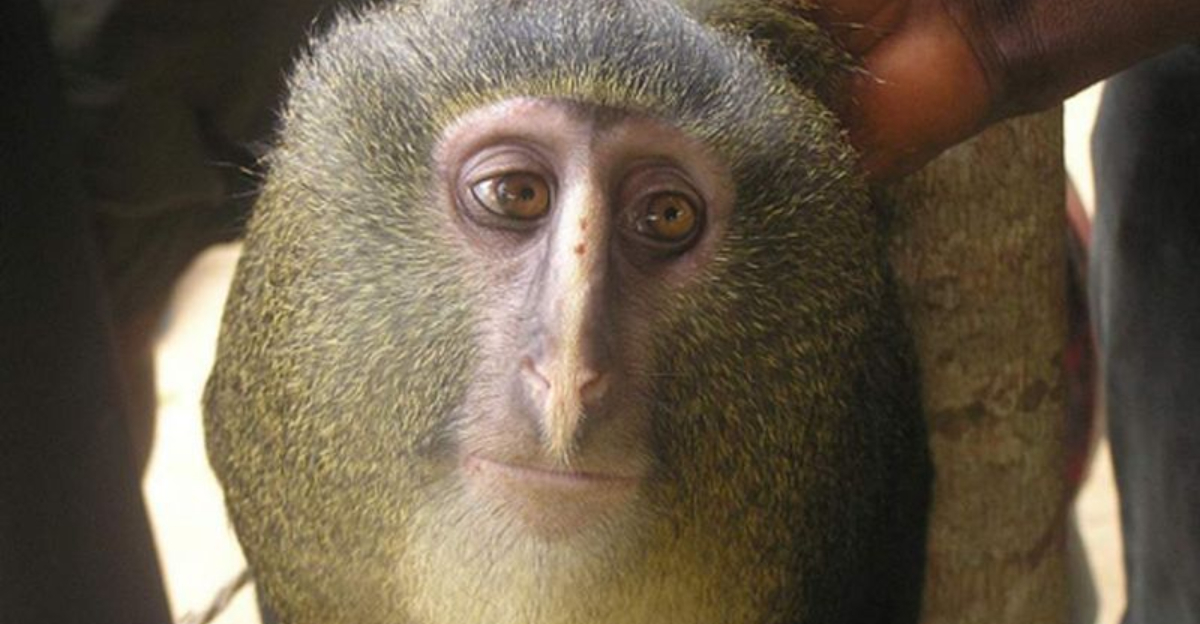
Our planet continues to surprise scientists with remarkable new creatures hiding in remote corners of the world. Even as habitats shrink, researchers discover amazing animals and plants that expand our understanding of evolution and adaptation.
These recently found species demonstrate how nature’s imagination far exceeds our own, with survival strategies and appearances that seem almost otherworldly.
1. Blobfish: Not Actually Ugly Underwater
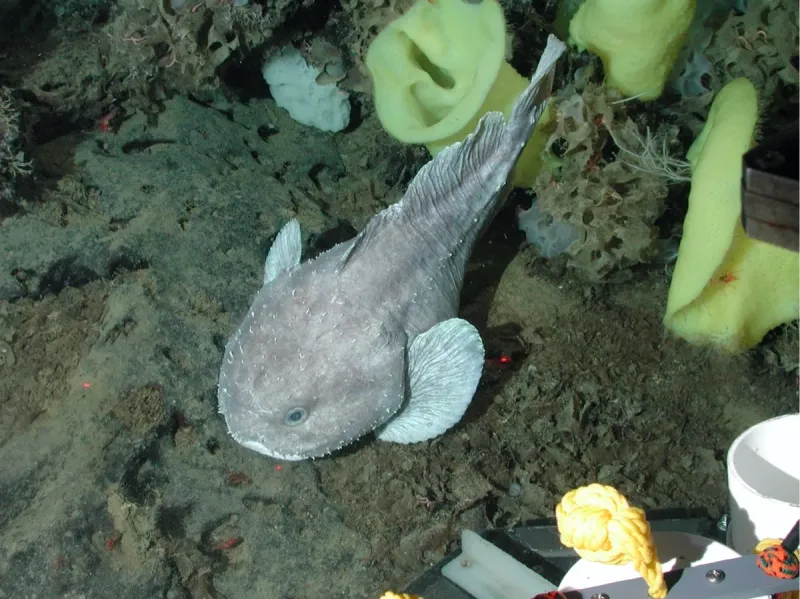
Voted the world’s ugliest animal, the blobfish appears melted and grumpy when photographed at the surface. Underwater, though, it looks like a normal fish! The pressure change causes its gelatinous body to collapse dramatically when brought up from the deep.
Living at depths of 3,000 feet where pressures are intense, this Australian native uses its jelly-like flesh to float effortlessly above the seafloor, conserving precious energy.
2. Tapanuli Orangutan: Earth’s Rarest Great Ape
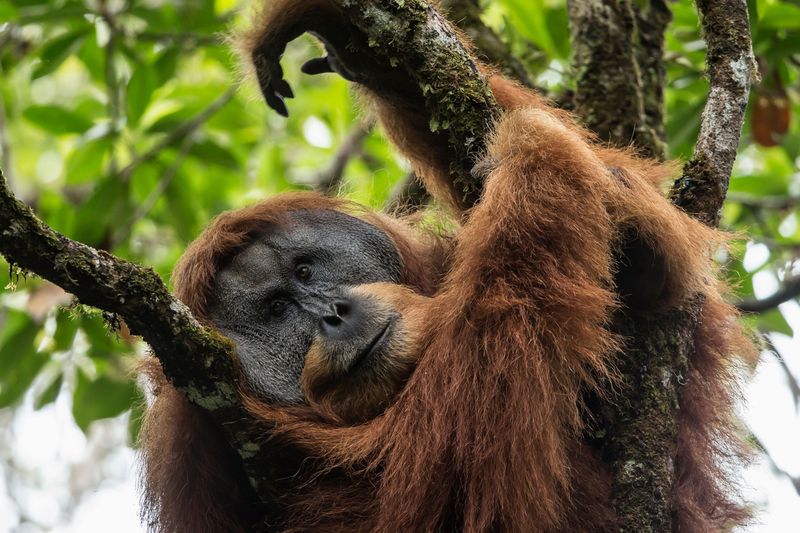
Shockingly, scientists only identified the Tapanuli orangutan as a distinct species in 2017. With just 800 individuals remaining in a tiny forest patch in Sumatra, they became the world’s most endangered great ape immediately upon discovery.
These intelligent primates sport frizzier hair and wider faces than their cousins. Their isolation for 10,000+ years created unique behaviors too – they favor specific fruits and construct distinctive nests high in the canopy.
3. Bright Pink Watermelon Snail’s Shocking Hue
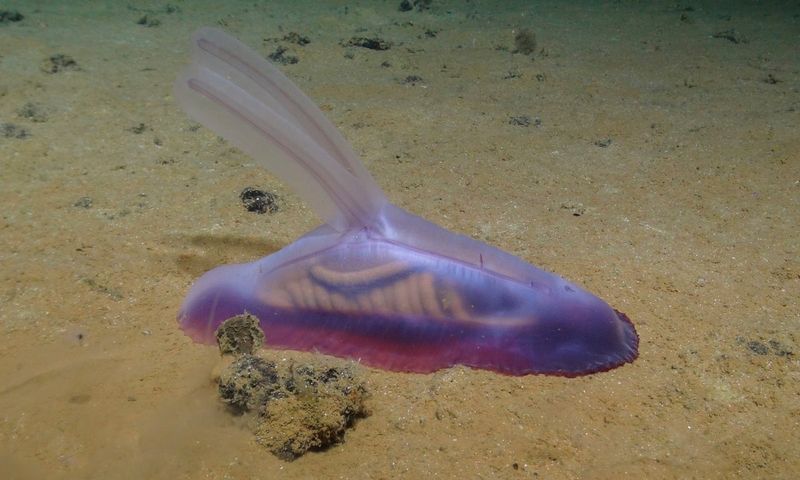
Imagine spotting a hot pink blob inching along the ocean floor! Marine biologists couldn’t believe their eyes when they found this vibrant gastropod off Japan’s coast in 2019.
The watermelon snail earned its nickname from its candy-colored shell patterns. Unlike most sea creatures that use camouflage, this bold mollusk flaunts its colors. Scientists theorize the bright pink might actually warn predators of toxic compounds in its flesh.
4. Kākāpō Parrot: The Night Owl That Can’t Fly
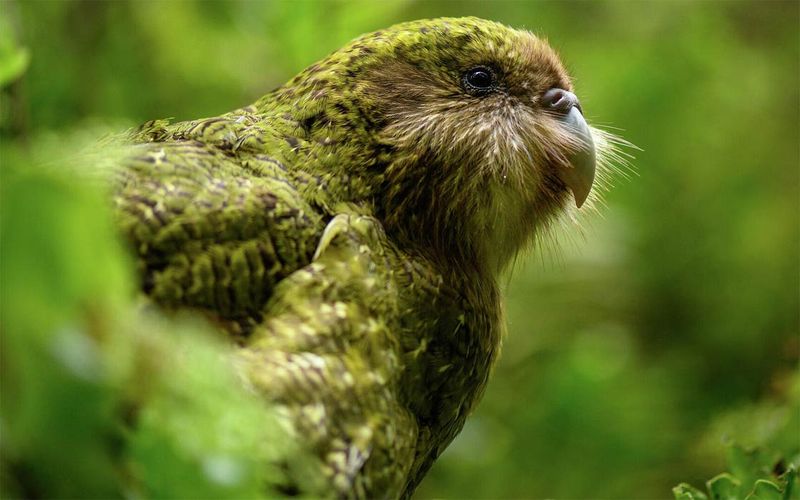
Imagine a chubby, moss-green parrot that smells like flowers and can’t fly! The Kākāpō was nearly wiped out when European settlers brought cats and weasels to New Zealand.
These bizarre birds freeze when frightened – a strategy that worked against native predators but fails against introduced mammals. Males create elaborate ground “bowls” where they inflate like balloons and boom calls that echo for miles, attracting females from across the island.
5. Jewel Caterpillar’s Transparent Jelly Spines
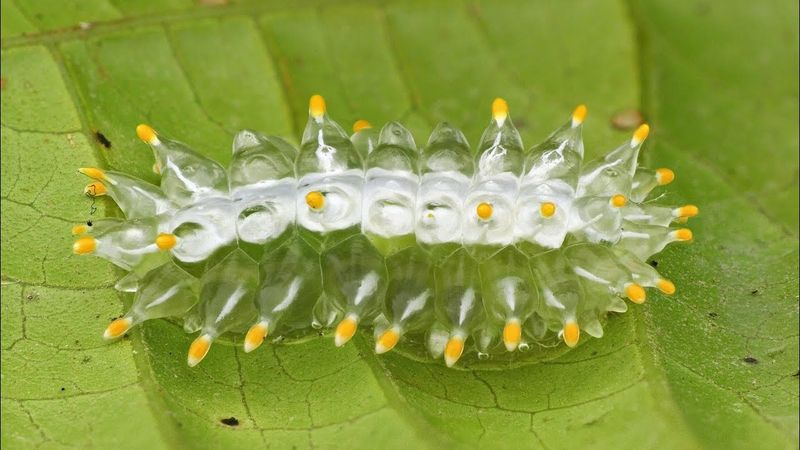
Resembling a living gemstone, the jewel caterpillar glitters like crystal candy as it munches leaves in Central American rainforests. Its translucent spines refract light into rainbow colors while concealing a startling defense mechanism.
When threatened, these beautiful spines detach and stick to predators like glue! The gooey substance hardens quickly, giving the caterpillar time to escape. Eventually, this dazzling creature transforms into a rather plain brown moth – nature’s ultimate surprise makeover.
6. Turtle Frog’s Backwards Burrowing Technique
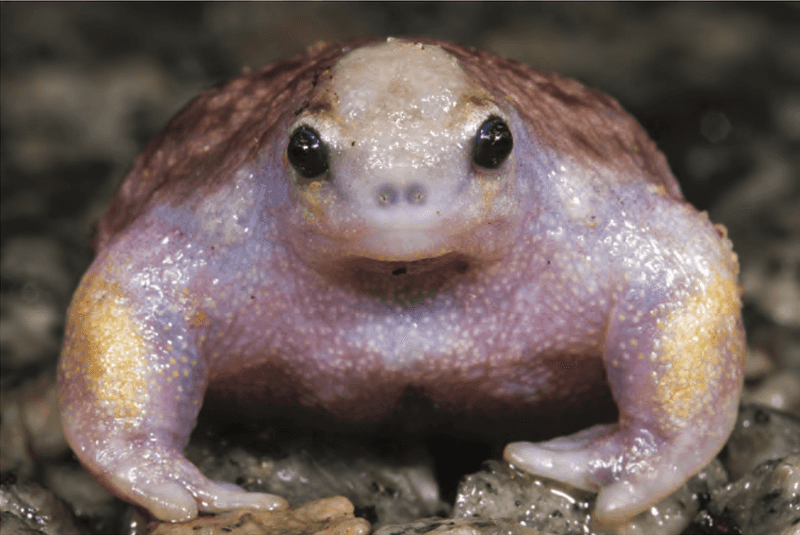
Australia’s turtle frog breaks all the rules of frog biology. Unlike typical amphibians that develop as tadpoles, these rebels complete most metamorphosis inside their eggs! When they hatch, they emerge as fully-formed froglets.
Their round bodies and short limbs create an uncanny turtle-like appearance. Most bizarre of all? They dig backwards into sandy soil using specialized feet, creating underground tunnels where they hunt termites and wait out dry seasons.
7. Sunda Colugo: The Living Kite
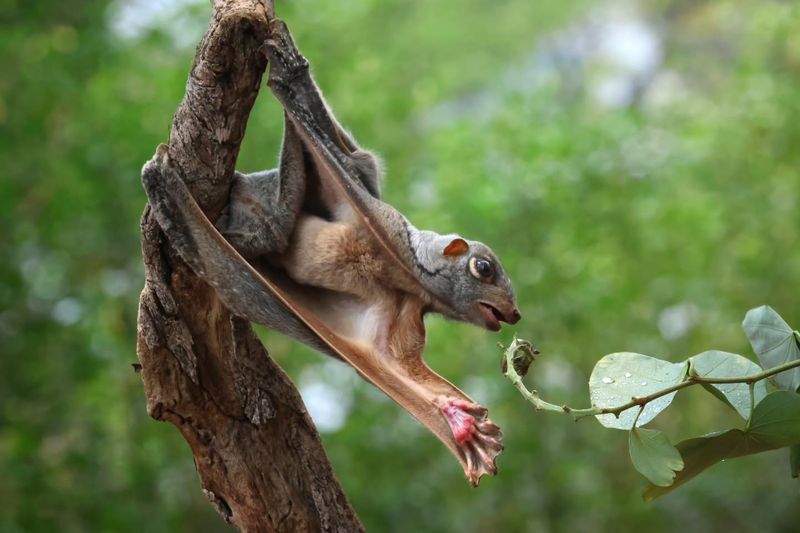
Gliding silently through Southeast Asian forests, the Sunda colugo resembles a furry square when airborne. Its extraordinary membrane stretches between all limbs, tail, and even fingers, creating nature’s most effective gliding surface.
Often called “flying lemurs” despite neither flying nor being lemurs, colugos can soar nearly 230 feet in a single glide! Their recent genetic studies revealed something shocking – these mysterious mammals are primates’ closest living relatives outside actual primates.
8. Lesula Monkey’s Striking Blue Bottom
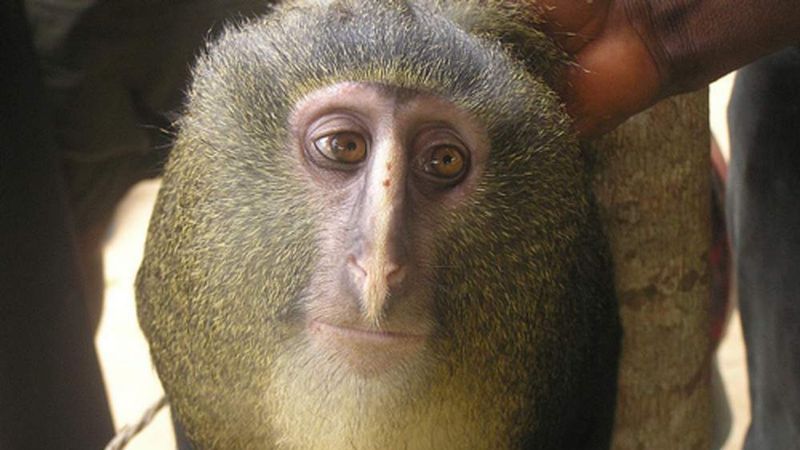
Hidden in Congo’s dense rainforests, the Lesula monkey remained unknown to science until 2007. With human-like eyes and a distinctive blue bottom, this primate startled researchers with its uncanny resemblance to people.
Local hunters had known about these creatures for generations, but scientists only confirmed them as a separate species in 2012. Despite their recent discovery, Lesulas already face habitat loss from logging and hunting.
9. Axolotl’s Perpetual Youth Secret
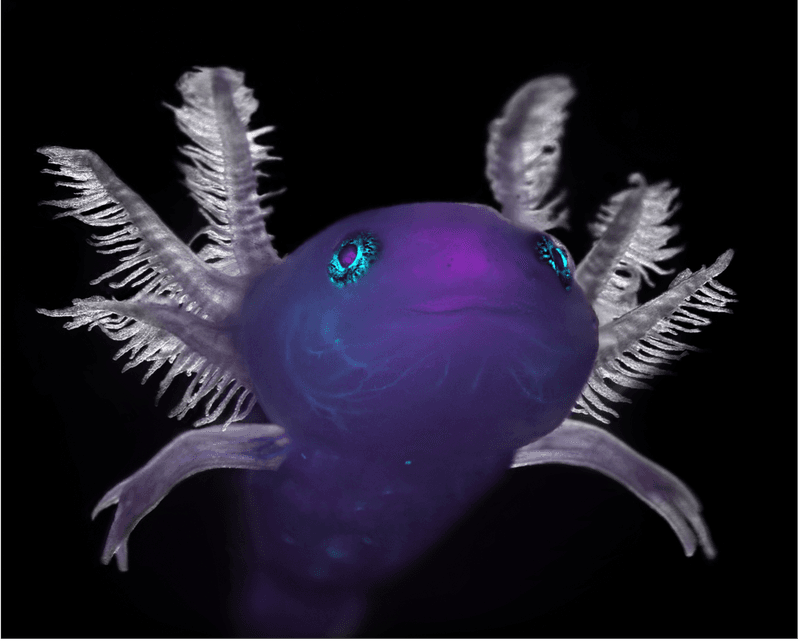
Forever young, the axolotl keeps its juvenile features throughout life in a biological phenomenon called neoteny. These smiling salamanders never lose their feathery external gills or aquatic lifestyle.
Their superpower? Regenerating almost any body part – limbs, organs, spinal cord, even portions of their brain! Scientists study these Mexican marvels hoping to unlock regenerative medicine breakthroughs for humans. Sadly, habitat destruction has made them critically endangered in the wild.
10. Ethiopian Highland Wolf’s Unique Diet
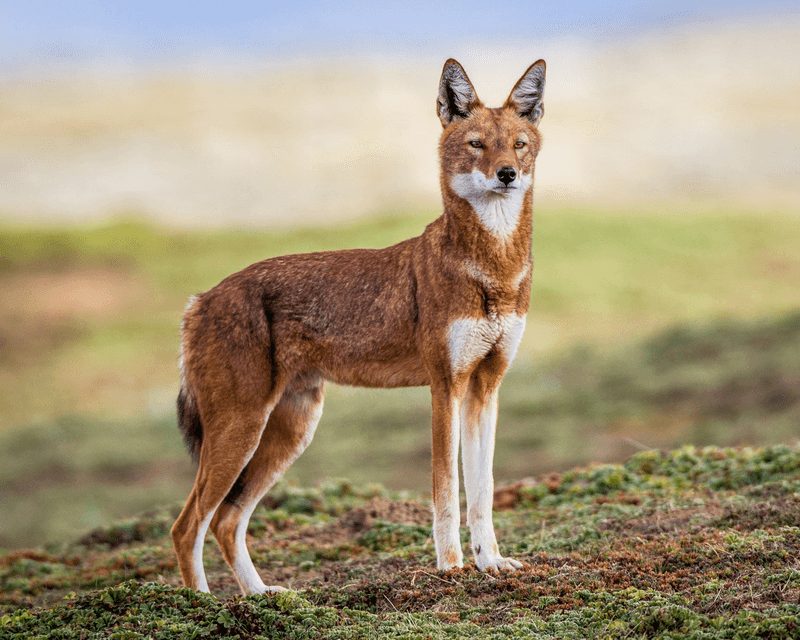
Slender and fox-like, Ethiopia’s highland wolves stand apart from all other canids with their remarkable specialization. These russet-coated predators evolved to hunt exclusively for rodents in Africa’s alpine meadows above 10,000 feet.
Genetic studies in 2015 confirmed them as a distinct species rather than a subspecies. With fewer than 500 remaining, they’re Africa’s most endangered carnivore. Their isolation on “sky islands” – high mountain meadows separated by valleys – created their unique adaptations.
11. Electric Fish’s Record-Breaking Voltage
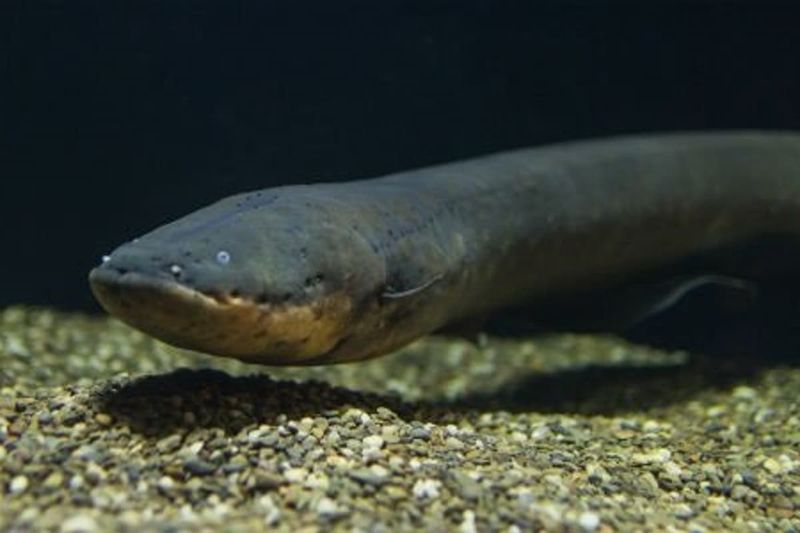
Lurking in murky Amazon waters, the electric eel delivers nature’s most powerful electrical discharge. Recent discoveries showed these aren’t actually eels but knife fish, and they generate more voltage than previously thought – a shocking 860 volts!
Their specialized organs function like living batteries, comprising thousands of cells called electrocytes. When hunting, they emit two pulses: a weaker one to locate prey through electrolocation, then a powerful shock that simultaneously stuns victims and activates their own specialized nerves.
12. Yeti Crab’s Hairy Bacterial Gardens
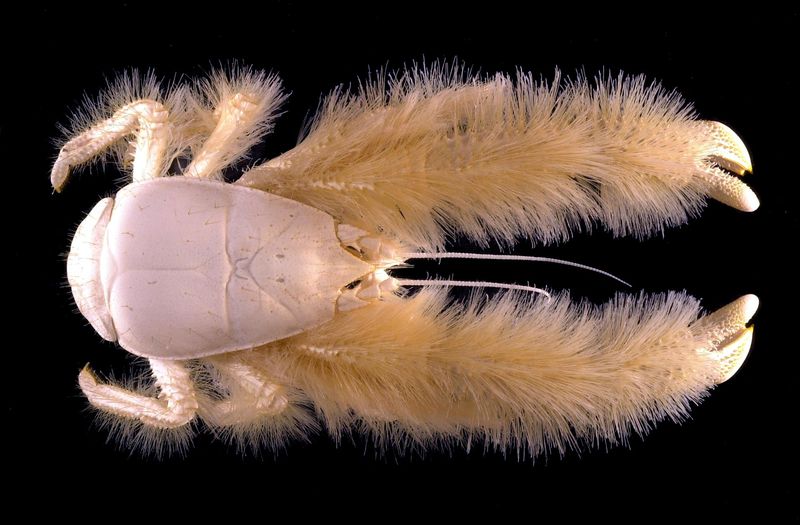
Discovered near scorching hydrothermal vents 7,500 feet underwater, yeti crabs sport fur-like bristles covering their claws and bodies. But this isn’t actual fur – it’s specialized hair-like structures where they cultivate bacteria!
These deep-sea farmers wave their arms in oxygen-rich water currents, creating perfect growing conditions for their bacterial gardens. When hungry, they simply scrape the bacteria off their bristles using specialized mouth parts. Talk about having food literally at your fingertips!

